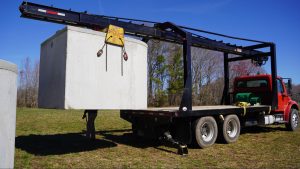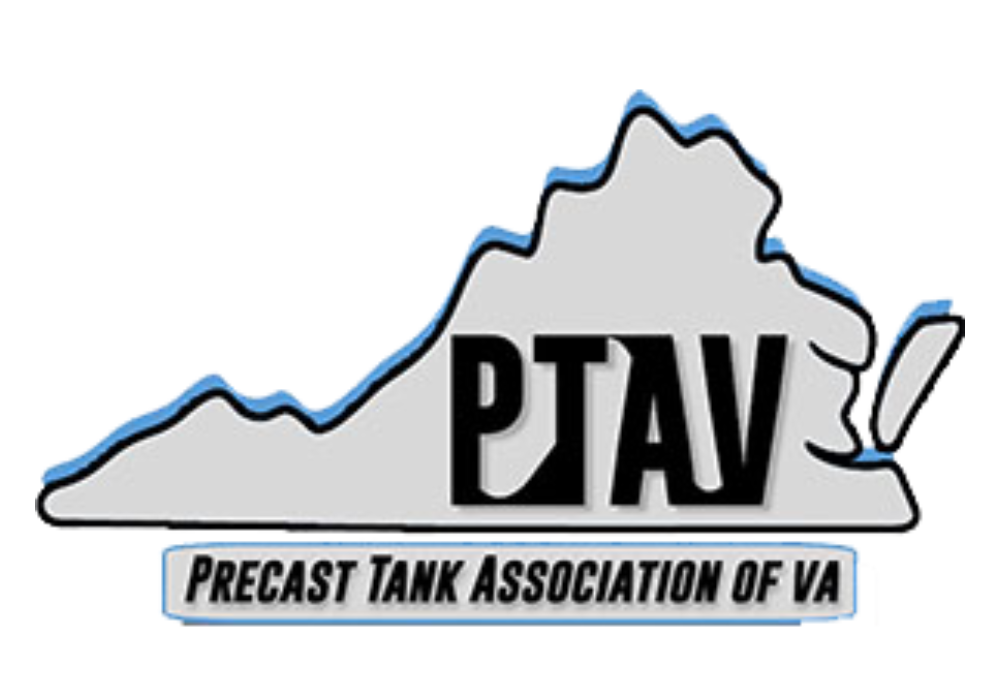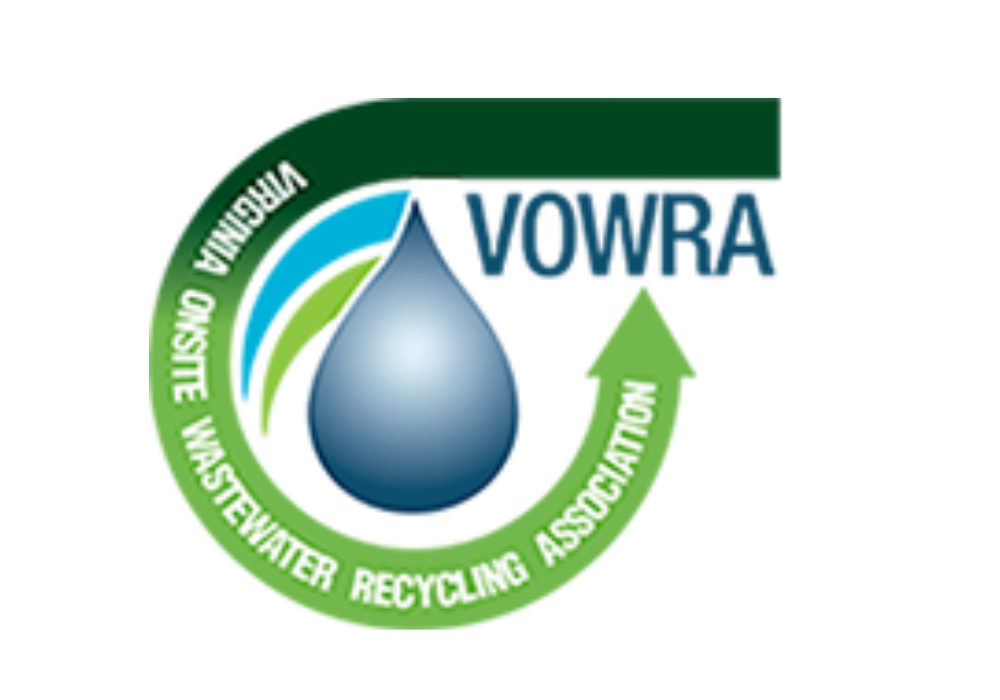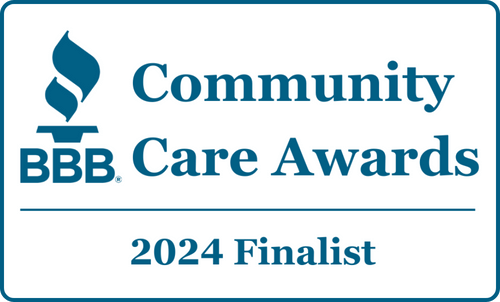In the state of Virginia, septic tank systems play a vital role in managing wastewater efficiently and responsibly. To ensure the proper functioning and environmental compliance of these systems, Virginia’s regulatory framework is established in Title 12 of the Virginia Administrative Code.
Administered by the Department of Housing and Community Development, these regulations are organized into five distinct parts, each addressing critical aspects of septic tank systems. In this blog, we will talk about each of these parts to gain a better understanding of the regulatory landscape governing septic tanks in Virginia.
Part I: General Provisions
In the realm of Alternative Onsite Sewage Systems (AOSSs), the design, construction, and operation must adhere to a comprehensive set of regulations outlined in this initial section. This comprehensive framework lays the foundation for the subsequent sections of this chapter, ensuring the responsible design, operation, and maintenance of AOSSs throughout Virginia.
Part II: Meeting Performance Requirements
The performance requirements for AOSS, as delineated in Part II of the Virginia Administrative Code, encompass a wide spectrum of critical considerations. These include prohibiting the presence of raw or partially treated sewage on the ground’s surface or in adjacent areas, preventing exposure of humans, animals, or insects to such sewage, and eliminating the risk of sewage backups into plumbing fixtures.
Moreover, there are specifications for effluent dispersal into groundwater, design parameters to accommodate peak wastewater characteristics, and structural integrity requirements to ensure the safety of individuals and animals. The regulations also address hydraulic loading rates, vertical separation, and nutrient requirements.
Part III: Operation and Maintenance Requirements
In any operation involving the pumping or removal of sludge or solids from septic tanks or treatment units within an AOSS, it is mandatory to submit a comprehensive report to the local health department. This report must be completed using an official form approved by the division. This process ensures transparency and accountability, allowing relevant authorities to stay informed about the maintenance and condition of AOSS components. Part III discusses the critical responsibilities that owners of AOSS have that contribute to the overall functionality and regulatory compliance of their systems.
Part IV: Horizontal Setback Requirements
Part IV discusses critical environmental safeguards that are integral to the installation and operation of Alternative Onsite Sewage Systems (AOSSs) in Virginia. These safeguards are designed to protect public health and the environment.
Part V: Waivers from Certain Performance Requirements
Part V introduces flexibility within the framework of regulations governing treatment works design in Virginia. Professional engineers, while designing treatment works under specific provisions, can deviate from defined design criteria and laboratory sampling locations if justified. This section outlines the conditions and requirements for such deviations, emphasizing that they should be justified by robust evidence, including engineering standards, research, or authoritative guidance.
The Importance of Compliance
Compliance with these regulations is not optional; it’s a legal requirement. Non-compliance can lead to costly fines, project delays, and even legal liabilities. Moreover, adhering to these rules is vital for ensuring the durability, safety, and reliability of septic tank systems, which are integral to maintaining sanitation and environmental standards in various settings.
At Alcat Precast, we take great pride in our unwavering commitment to adhering to all regulations governing the septic tank industry. Our dedicated team of experts remains diligently informed about the latest updates in regulations and industry best practices. This ensures that our septic tank products and processes consistently meet and often exceed the highest standards set by authorities.
We offer an innovative septic system solution that can help you save thousands of dollars. If you need to replace your old system or install a new one, look no further than Clearstream DA Models. These units are 50% nitrogen-reducing units on the basis of their NSF 245 certification. Additionally, they are TL-3 generally approved.
You can browse through the various models available, including Clearstream Models from 600 gallons per day to 1200 gallons per day, and access their technical documents and manuals to make an informed decision. You can put your trust in Alcat Precast, Inc. for reliable and cost-effective septic system solutions.



 Repair vs. Replacement: Making Informed Decisions for Your Septic System
Repair vs. Replacement: Making Informed Decisions for Your Septic System








